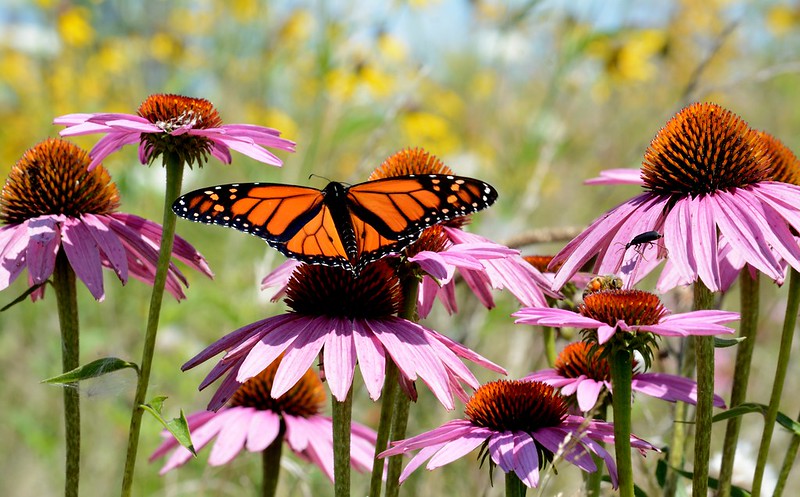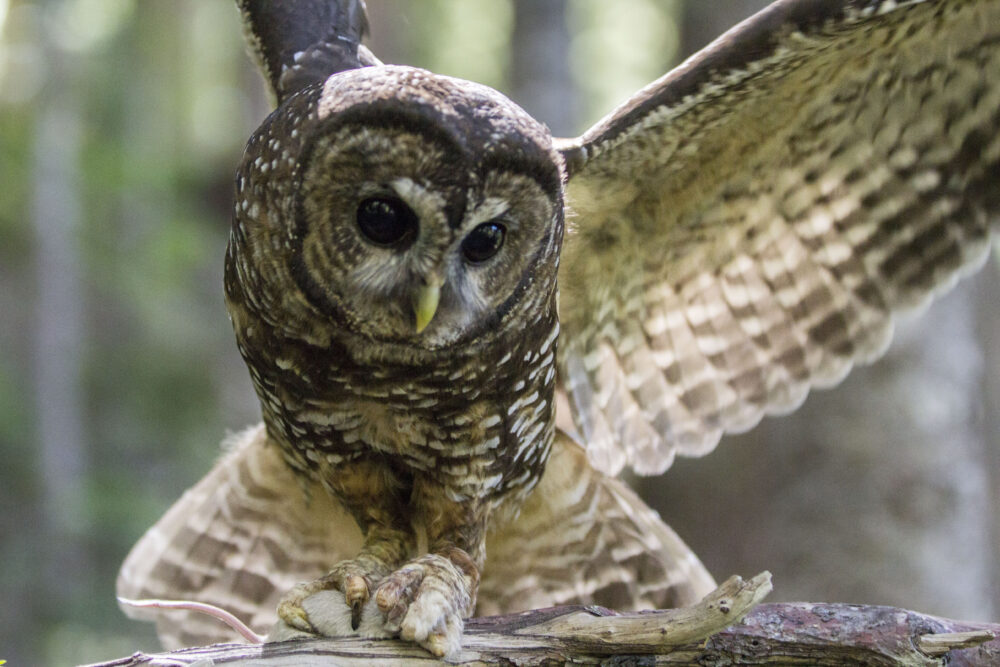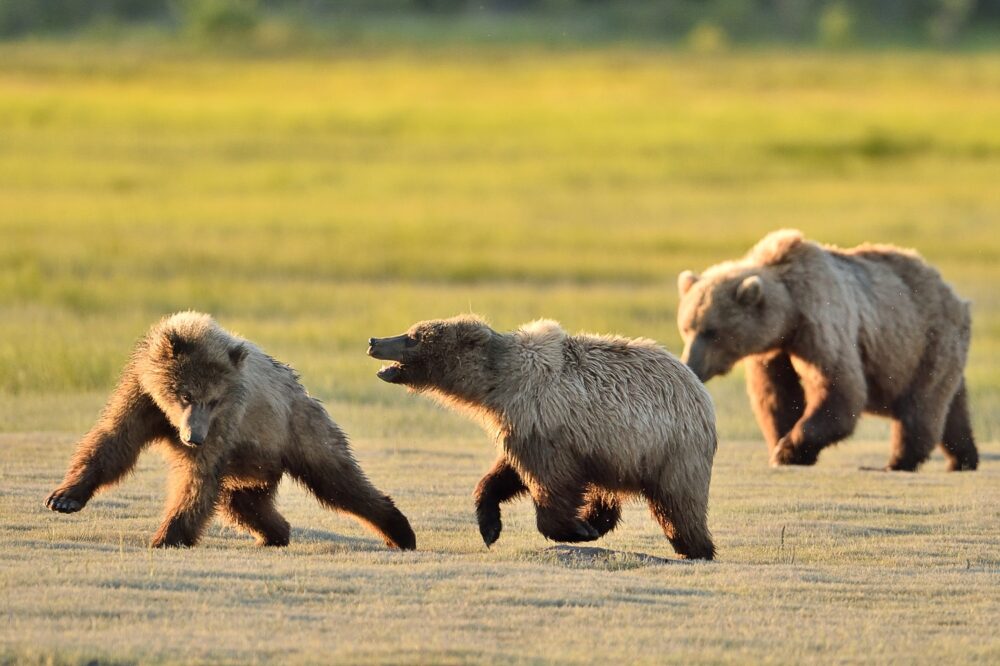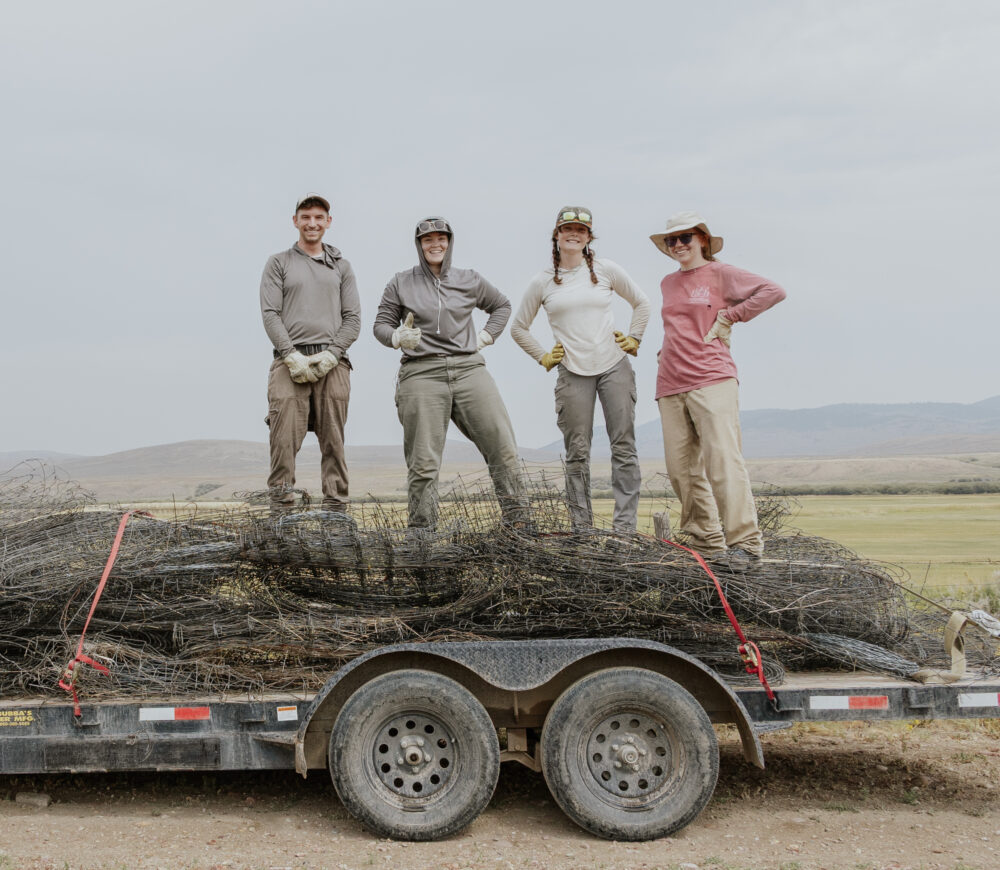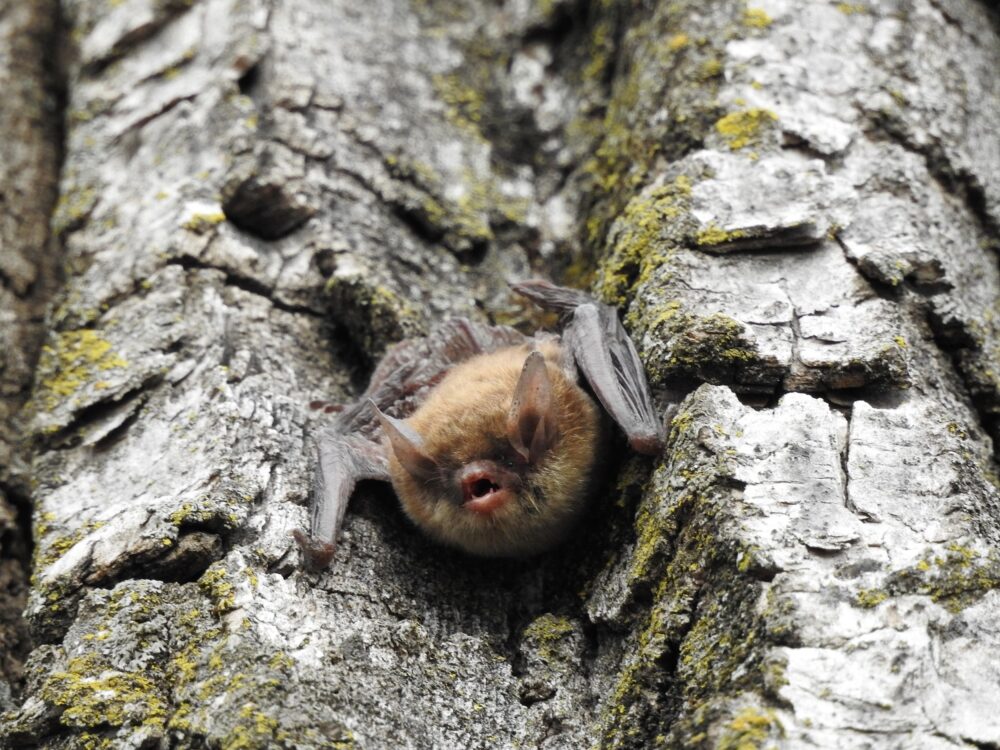We have much more to do and your continued support is needed now more than ever.
Wildlife Has a Lot to Gain from this Year’s International Climate Negotiations
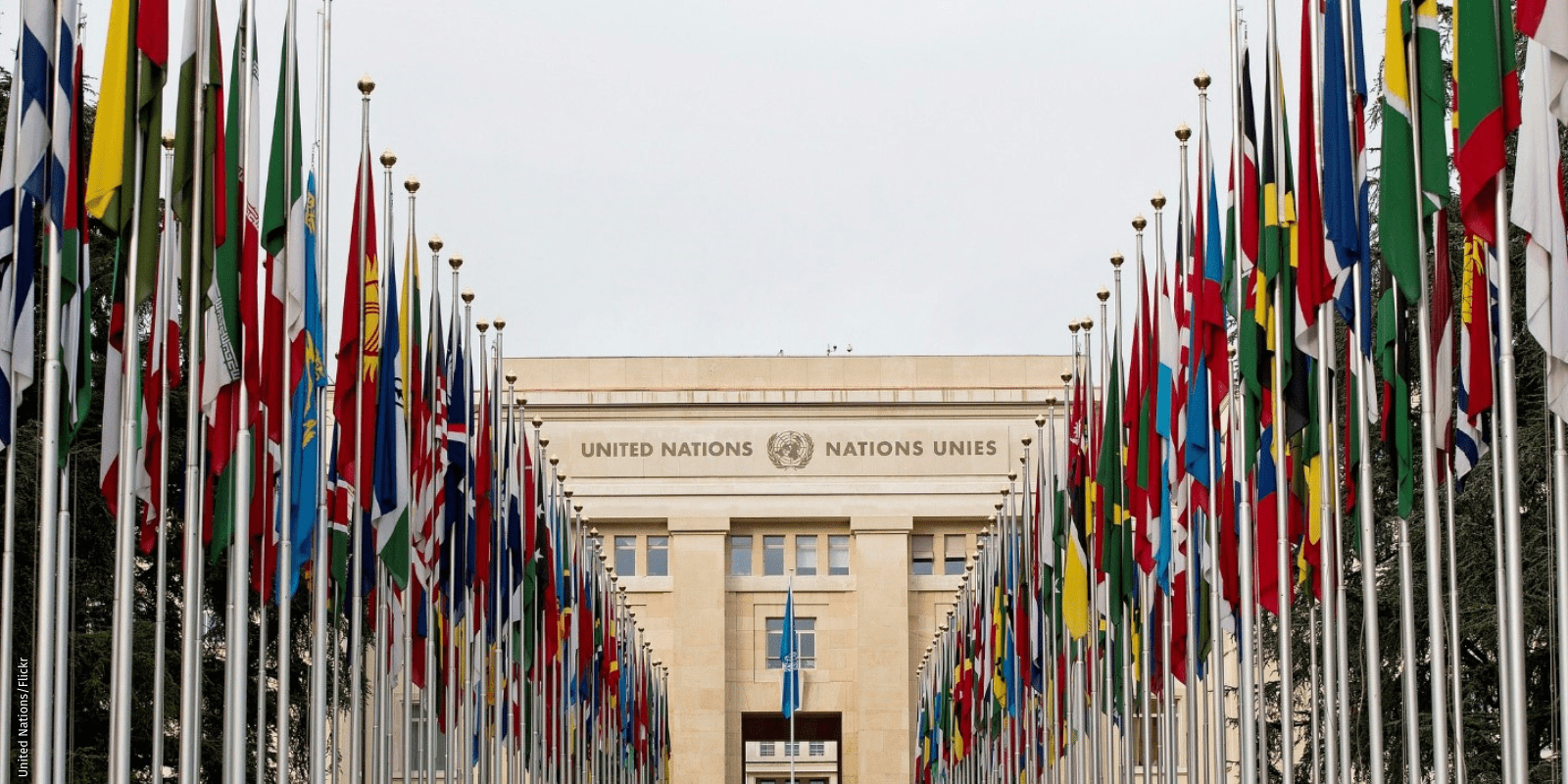
It’s that time of year again when diplomats and climate policy makers from almost 200 countries will congregate for the annual Conference of the Parties to the United Nations Framework Convention on Climate Change (UNFCCC). This year the “COP24” will take place in Katowice, Poland from December 2nd to the 15th.
So what is expected from this year’s negotiations?
Well, the primary goal of this COP will be to finalize something referred to as the Paris Rulebook. In order to understand what that will entail, we must first go back to what happened at COP21 in 2015. That year the negotiations, which took place in Paris, created the global climate Paris Agreement. It was a huge success, creating an international framework with the goal to keep global temperature rise well below 2 degrees Celsius (3.6 degrees Fahrenheit) above pre-industrial levels, while pursuing efforts to limit temperature increase to 1.5 degrees Celsius (2.7 degrees Fahrenheit). This is to be achieved by allowing each country to make its own plan to address carbon emissions, called nationally determined contributions, or NDCs. These NDCs give countries the flexibility to adapt and implement their own climate policies, while the UNFCCC process will help to ensure the transparency and environmental integrity of such contributions.
Unfortunately, research indicates that even with current NDCs fully implemented, the projected global rise in temperature is still above the 2 degrees Celsius threshold established in the Paris Agreement. There is broad consensus that temperature rise above this threshold is a major threat to wildlife, plant life, and people (You can read NWF’s recent “Unnatural Disasters Report” or explore an interactive natural disasters map to learn more.)
This year is the deadline for Parties to finalize the Paris Rulebook – which will help address this problem. The Rulebook’s main function will be to provide guidance to countries on how to implement and strengthen their NDCs to meet the goals set out in the Paris Agreement. The Rulebook will ideally create a functioning system to mobilize concrete climate action in every country in the world.
What does this mean for wildlife back home?
The recently published National Climate Assessment details the effects of climate change on the people, wildlife and ecosystems of the United States. Ecosystems will become less productive and less able to buffer the impacts of extreme whether like droughts, wildfires and flooding. This has drastic ramifications for wildlife. Climate change has caused contractions in the range of half of the plant and animal species observed. For example, the Prairie Pothole Region provides important wetland habitat for the majority of waterfowl hatch in North America. Warming temperatures and drought are projected to reduce wetlands in this region by 25% by mid-century. The assessment details over two dozen species native to the US that will undergo major stressors due to direct or indirect impacts of climate change.
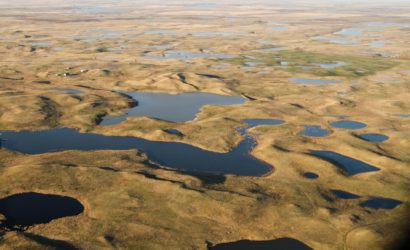
The National Wildlife Federation will be attending COP24 with these very important issues in mind. We will be hosting the side event “Reducing emissions from deforestation through supply chain transparency” on Wednesday, December 5th. Our panel will bring together government, civil society and private sector representatives to discuss how new tools that help companies address deforestation-risks in their supply chains can help to accelerate efforts toward 2020 targets. Currently, deforestation and agriculture account for almost one-quarter of global carbon emissions; yet the protection, restoration, and sustainable management of the land and coastal ecosystems can offer up to 37% of the solution for keeping global temperatures below the Paris Agreement threshold, These “Natural Climate Solutions” will be pushed by NWF and our allies at the COP.
Over the course of the negotiations, we will also be monitoring progress on several other topics. Climate finance has historically been a contentious topic at these negotiations, and will likely continue to be so. We’ll be following how cooperative approaches between countries (or in UNFCCC parlance, “Internationally Transferred Mitigation Outcomes (ITMOs)”) are incorporated into the Paris Rulebook to ensure that emissions reductions traded between countries aren’t counted more than once. This, of course, will keep an accurate measure of the total carbon offsets.
After last year’s breakthrough in the agriculture negotiations, the negotiations (known as the Koronivia Joint Work on Agriculture”) will now focus on the inclusion of this sector into countries’ NDCs by increasing crop resiliency and helping to minimize greenhouse gas emissions from this sector. More information is available here.
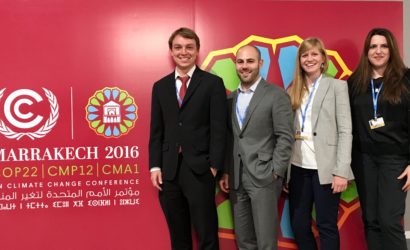
Photo by Kiryssa Kasprzyk
Finally, the Talanoa Dialogue, which began at last year’s COP will conclude in Katowice. This year-long process has been used to assess the progress of the long term goals of the Paris Agreement. These discussions are designed to facilitate meaningful dialogues with leaders about where we are currently in our international climate ambition, where we would like to go in the future, and how we intend to get there. Hereafter, every five years, Parties will undertake a “Global Stocktake” (beginning in 2023) to assess collective progress. In Katowice, Parties will be discussion the format on the Stocktake, and the key questions it should answer.
Follow us @NWF_Intl to see our updates straight from COP24 on how progress is being made!


